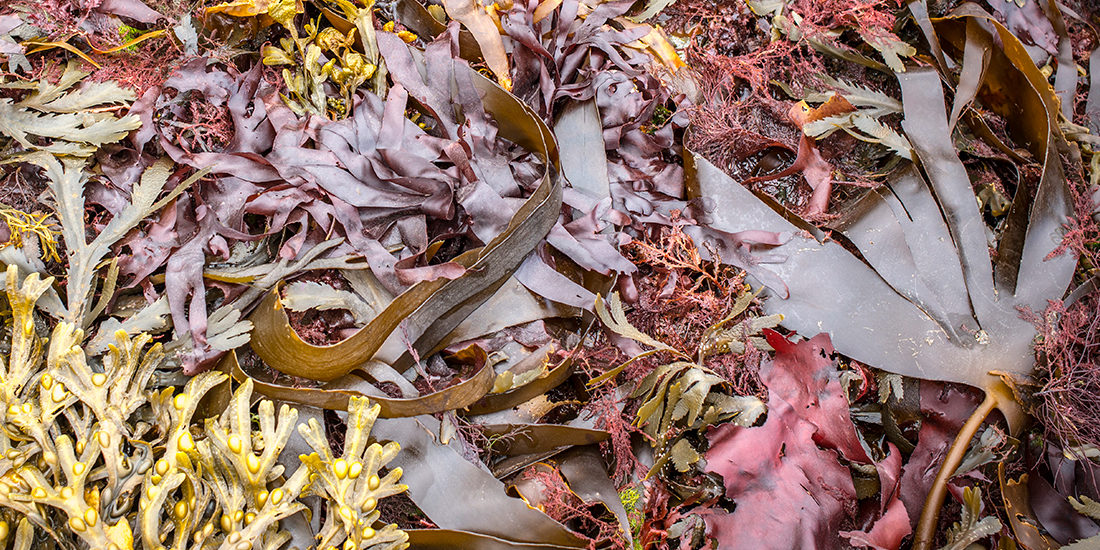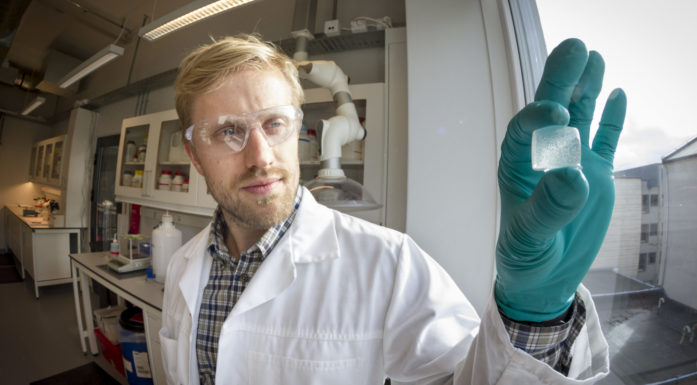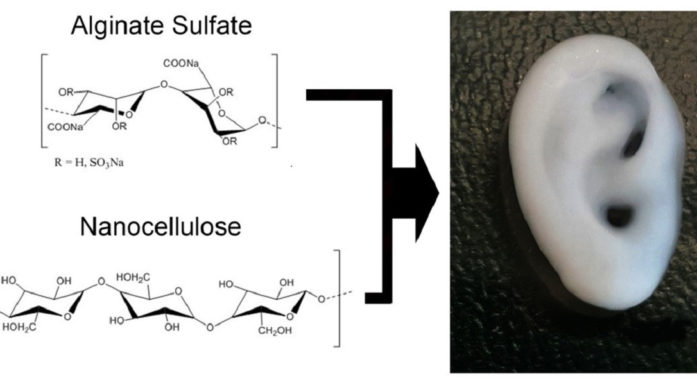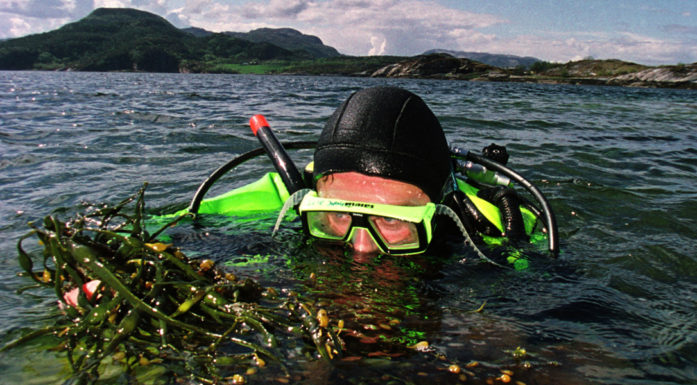Seaweed and kelp are more than food
Algae cultivation is popular, but good uses for the raw material are still lacking. Researchers in Norway are set to do something about this, with the goal of fully using this resource.
Products from kelp have the potential to provide great money-making opportunities, but we need to know more about these possibilities before we can use them.
In short, “we want to use more of the substances contained in kelp,” says Professor Finn Lillelund Aachmann at NTNU’s Department of Biotechnology and Food Science.
Alginate is one of the substances extracted from algae and is by far the best known. This sugar is used in over 600 products, and selling it is no problem. It is used in ice cream, in various gels and to lessen the symptoms of acid reflux.
Nevertheless, more than half of the dry matter – and the value – of the algae is returned to the sea. Researchers believe we should be able to remedy this.
- You might also like: New ears from alginate
Building a shared platform
Norway’s interest in utilizing seaweed and kelp has fluctuated through the years. Right after the war, the interest in mapping Norwegian resources was high. Today, our need for renewable resources is prompting us to turn our attention to the sea once again.
In order to gain a better overview of seaweed’s possibilities, researchers from several institutions in Norway are working together to gather information that may be relevant for research on using the algae.
“This will be a knowledge platform that addresses all aspects of the kelp – from harvesting it and bringing it ashore all the way to having a finished product,” says Aachmann. “This way, we’ll be able to better use each other’s expertise, which will create a completely different dynamic in our work.”
- You might also like: Breakthrough for Norwegian “nori”
New products, opportunities
The Norwegian Seaweed Biorefinery Platform will gather information on opportunities for using raw materials extracted from the algae. What applications do the researchers see? What new products? What exactly do we need to research? What stands in the way of a product ending up on the market? These are some of the questions the platform plans to address.
“It’s hard to predict what applications all the different products from seaweed and kelp will yield in the future, but our experience is that a solid understanding of the interaction between structure and function is important for creating good products and applications,” says Aachmann.
We’re talking about close cooperation with industry and other social actors, even though industry won’t own the research results.
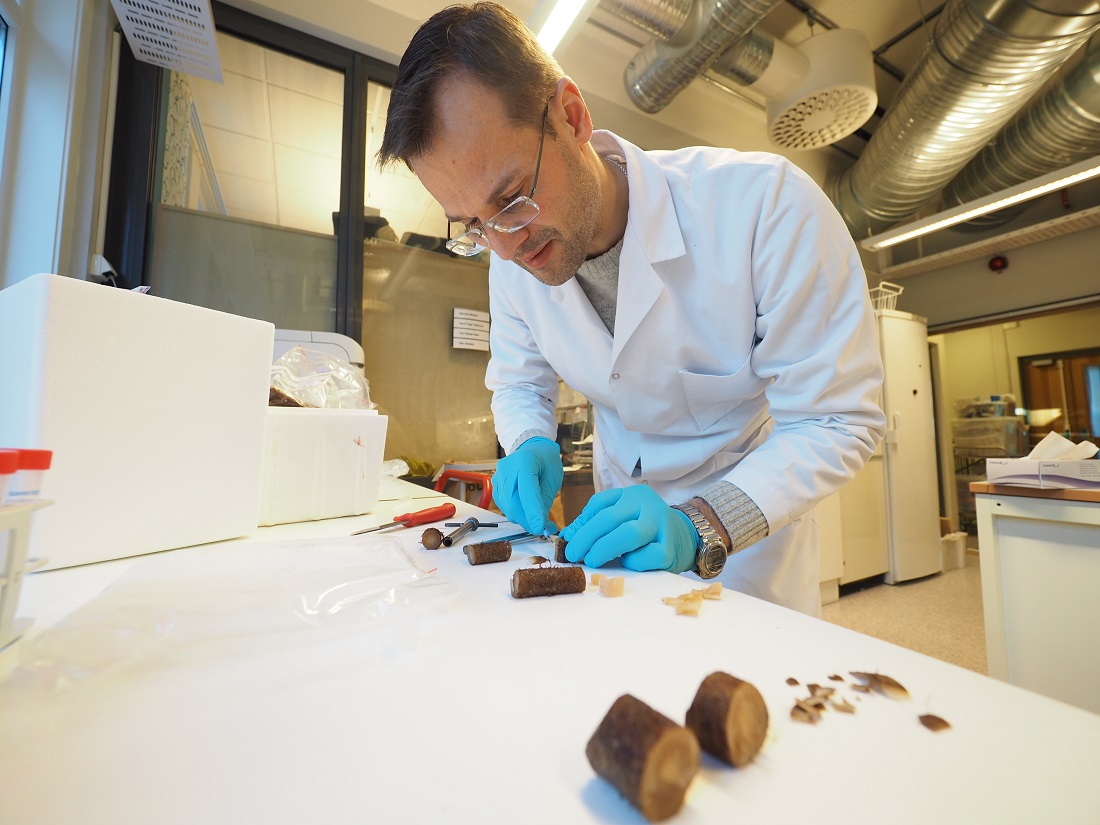
“We want to use more of the substances contained in kelp,” says Professor Finn Lillelund Aachmann. Photo: Per Henning, NTNU
Discarding most of the resource
In Norway, most of the kelp that is used for products is harvested from nature. Every year, about 200 000 tonnes of kelp are harvested, mainly Laminaria hyperborea, a massive leathery seaweed, and Ascophyllum, also known as Norwegian kelp. However, this amount comprises no more than about 2.5 per cent of the kelp forest’s annual growth, so the opportunities to harvest more in a sustainable manner are considerable.
“Harvesting can be difficult. It takes place with ships, sometimes in bad weather and under challenging conditions,” says Aachmann.
Kelp consists of 80-90 per cent water by weight. Of the dry matter left, alginate accounts for about 40 per cent, while the rest is currently sent back to sea, where it doesn’t do any harm but isn’t profitable for anyone either. Fucoidan, another type of sugar from kelp used as a dietary supplement, is also utilized to a very limited extent.
- You might also like: Algae can outcompete soya and become big business
New sustainable opportunities
The interest in cultivating kelp has grown in recent years and could potentially be a major sustainable resource for Norway.
Unlike the Laminaria kelp, extracting alginate from the cultivated varieties of sugar kelp (Saccharina latissima) and winged kelp (Alaria esculenta) is not yet a profitable venture. Currently, these species are only used for food in various forms, such as kelp pesto, snacks, a salt additive and health foods.
“We hope to address further possibilities on the kelp platform. Other species may become more relevant for cultivation in the future, and that is also part of what we’ll be investigating,” says Aachmann.
The work on the knowledge platform will be managed by NTNU. SINTEF Industry, SINTEF Ocean, NMBU, Nofima and Møreforskning are the other research institutions involved. The Research Council of Norway is contributing NOK 34 million to the knowledge platform over five years. The institutions themselves will contribute NOK 14 million.
